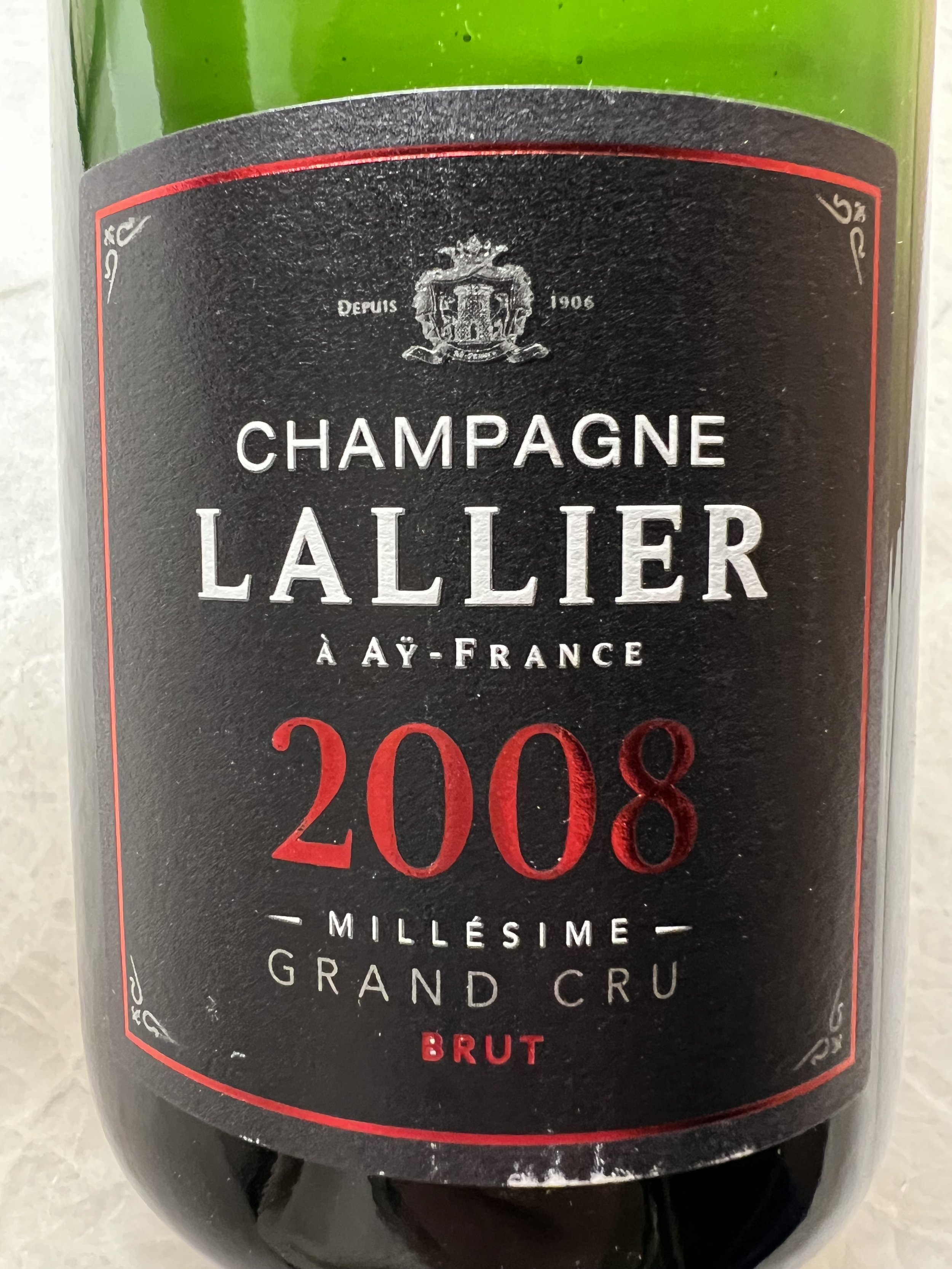How To Easily Read A French Wine Label- A Beginners Guide to Understanding Regions and Classifications
If you've ever found yourself confused by a French wine label, you're not alone. France is one of the world’s largest wine producers, offering a diverse range of styles. However, unlike wines from other regions, French wine bottles rarely list the grape variety. Instead, they are named after the regions where the grapes are grown. But with a little practice and some basic knowledge of key terms, you’ll be navigating French wine labels like a pro!
Why French Wine Labels Focus on Regions
In France, wines are labeled by their region, or geographical indication (GI), rather than the grape variety. The French believe that the place where the grapes are grown—the soil, climate, and geography, or "terroir"—plays a significant role in defining a wine’s character. This means knowing the wine’s region will give you a good idea of the grape varieties and style.
Here’s a look at some of France’s major wine regions and the common grapes grown there:
Bordeaux: Famous for blends, mainly Cabernet Sauvignon, Cabernet France, Merlot, and Petit Verdot. Whites typically feature small quantities of Sauvignon Blanc, Sémillon (for sweet wines), or Muscadelle.
Burgundy: Red wines are made from Pinot Noir, and whites are from Chardonnay.
Cahors: The most important variety is Malbec with Merlot and Tannat also used.
Loire Valley: Known for Sauvignon Blanc (Sancerre, Pouilly-Fumé), Chenin Blanc, and Cabernet Franc. This is my go to region for French wine. I love Chinon (Cabernet Franc).
Rhône Valley: Expect Syrah in the northern Rhône and blends of Grenache, Syrah, and Mourvèdre in the southern Rhône.
Champagne: Sparkling wines primarily made from Chardonnay, Pinot Noir, and Pinot Meunier.
Beaujolais: Red wines made from Gamay. Rose and white are also made in this region, but red Gamay is the star of the show.
Alsace: White wines such as Gewurztraminer and Reisling. Highly influenced by German wines due to this areas location. These wines are also varietal labeled.
Learning these key regions will help you decode the wines inside each bottle.
French Wine Classification: AC, AOC, and the Crus
French wine laws are extensive, but here’s what you need to know when looking at a French wine label.
AC/AOC (Appellation d'Origine Contrôlée)
If you see AC or AOC on a label, it means the wine has been certified by the French government. These letters indicate the wine adheres to specific standards regarding the region, grape varieties, and production methods. It’s a guarantee of authenticity and tradition.
Crus: Village, Premier Cru, and Grand Cru
Many wine regions in France have an additional classification system to indicate quality:
Village appellations: Wines from a specific village, such as Pommard or Chablis in Burgundy, will display the village name.
Premier Cru: A step above village-level wines, Premier Cru wines come from specific, high-quality vineyards. The label will list both the vineyard and the village (e.g., "Chablis Premier Cru Vaillons").
Grand Cru: The highest level of classification. These wines come from the best vineyards and often only display the vineyard name without the village (e.g., "Le Montrachet" in Burgundy or "Château Margaux" in Bordeaux).
If your friend gives you a bottle of wine with Premier Cru or Grand Cru, you should share it with them immediately.
PGI Wines: IGP and Vin de Pays
In addition to AC and AOC wines, you’ll also come across wines labeled as IGP (Indication Géographique Protégée) or Vin de Pays (VDP). These are wines that come from larger, less strictly regulated geographical areas than AOC wines. However, IGP wines still provide a sense of origin and are typically more affordable than AOC wines. They can also be more experimental, using grape varieties that may not be permitted in stricter appellations.
Vin de France: Wines Without a GI
At the most basic level, you’ll find wines labeled Vin de France, which means the wine does not come from a specific geographical indication (GI). These wines are often blends of grapes from various regions in France and are usually more affordable and accessible. They don’t have the same rules regarding grape varieties or production methods, which can result in some interesting, creative blends.
Practice Makes Perfect: Becoming a French Wine Pro
Learning to read a French wine label can feel overwhelming, but with a little practice, it becomes second nature. Start by focusing on the key regions and classifications, and soon you’ll be confidently choosing French wines that suit your taste.
A few things to remember:
The region matters: The place listed on the label gives you clues about the wine’s flavor profile and grape variety.
The classification: Whether it’s an AOC wine or a Vin de Pays, each classification offers insights into the quality and regulations behind the wine.
The producer’s name: Often found at the bottom of the label, knowing good producers can help you find consistently great wines. When I see a wine is imported by Kermit Lynch, I usually buy it.
The vintage: The year the grapes were harvested is usually displayed on the label. Some vintages are better than others, depending on weather conditions in the region. Wine Enthusiast is a great place to look at vintage ratings.
The more French wines you taste, the easier it becomes to recognize the nuances of each region and classification. So next time you browse for a bottle, take a few moments to study the label and unlock the story behind the wine. For online wine shopping, I use wine.com or for smaller vineyards (not necessarily always French) Dry Farm Wines is a good place for organic and delicious European wines. These links are not affiliate links—just here to help you find delicious wines!
Ready to explore French wines with confidence?
Bookmark this guide for your next wine shop visit, and don't forget to share it with fellow wine lovers! Have any questions or need recommendations? Leave a comment below, and I'll be happy to help.
In love and gratitude,
Courtney




